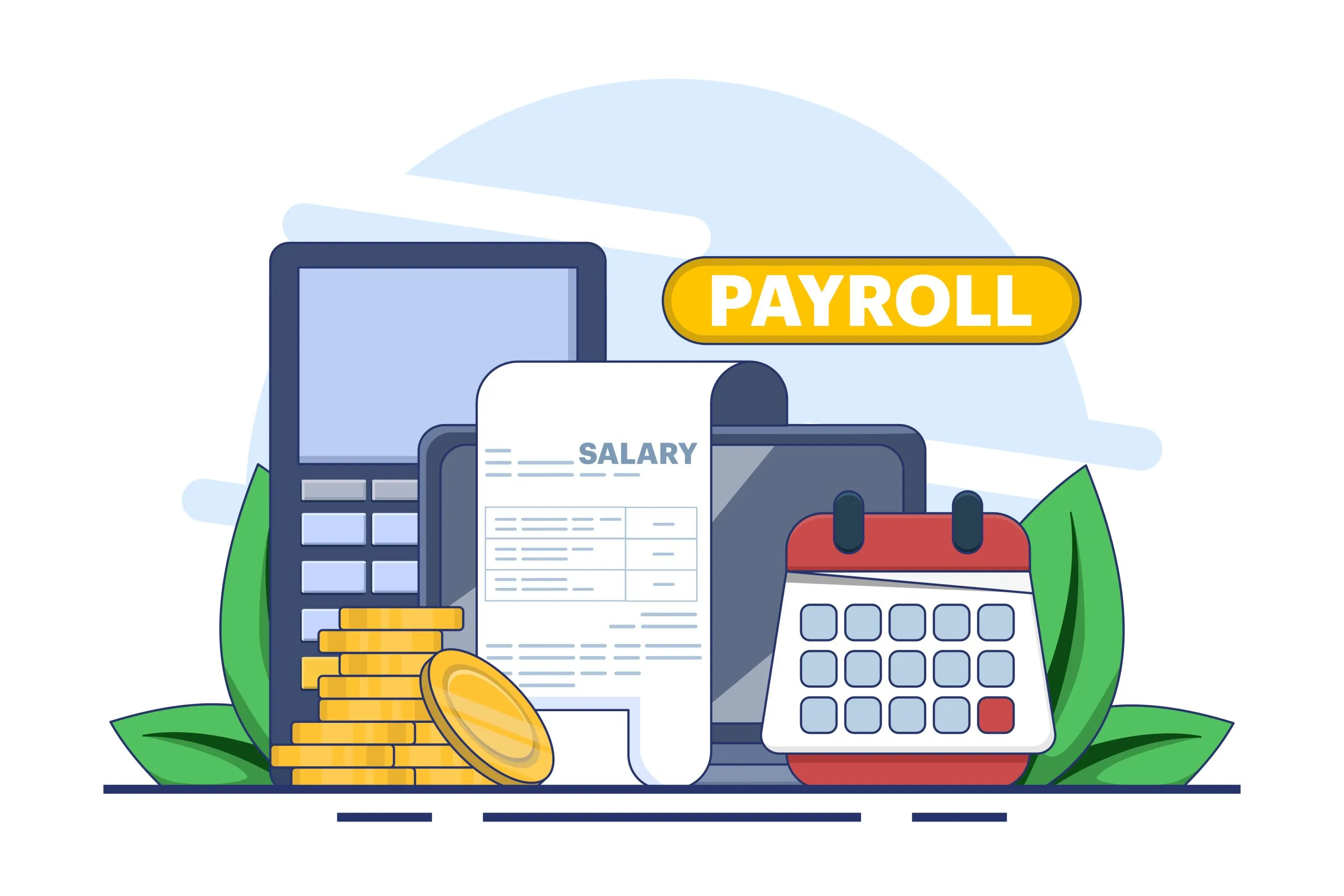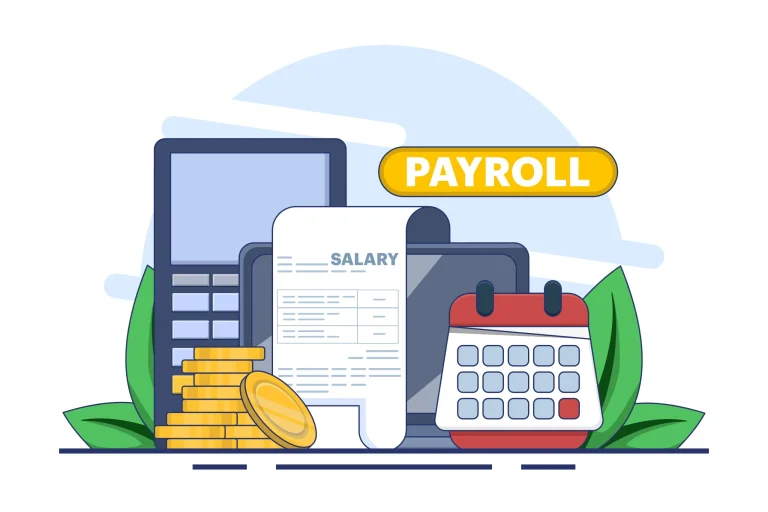
Key Takeaways
- Integrating payroll data with insurance streamlines premium calculations and improves cash flow.
- Real-time data sharing leads to more accurate premiums, reducing financial surprises.
- Adopting payroll-insurance integration requires careful planning, compatible systems, and ongoing monitoring.
- Automation and AI are critical drivers enabling effective integration and operational efficiency.
Introduction
Stable cash flow is foundational for business growth and survival. However, for many organizations, unforeseen insurance expenses can disrupt even the best-laid financial plans—often at the worst possible time. Many companies don’t realize that seamless integration of payroll data with insurance processes can significantly strengthen their financial position and overall stability. Directly connecting payroll systems to insurance providers creates a transparent and responsive reporting framework, promoting more accurate premium calculations while minimizing surprises at the end of a policy term. This real-time connection enables your business to eliminate manual reconciliations and maintain financial agility, even during periods of workforce fluctuation. Businesses committed to operational excellence are increasingly adopting this strategy to reap significant benefits—including streamlined claims support for businesses and enhanced governance.
Integrating these systems ensures insurance premiums match actual workforce expenses as payroll fluctuates, resulting in immediate adjustments and improved predictability for budgeting. Instead of facing daunting year-end reconciliations or lump-sum adjustments that can quickly drain cash reserves, companies can enjoy efficient planning and fewer financial shocks. More organizations are recognizing that automation of these financial workflows is critical, not just for the sake of process improvement, but because it saves valuable time and resources, boosts confidence in compliance, and enables business leaders to focus on core growth opportunities instead of administrative reconciliations.
Payroll-integrated insurance refers to the process of synchronizing a business’s payroll platform with its insurance carrier, enabling the real-time or periodic exchange of employee wage and headcount data. This synchronization enables businesses to move away from outdated manual entries and periodic estimations, toward instantaneous and accurate data transfer. Insurance premiums reflect current payroll realities, not rough forecasts or outdated projections.
Integrating payroll data with insurance processes can save businesses significant resources, reduce stress on administrative teams, and lead to fewer costly surprises at the end of the policy period. Implementation does require upfront planning—ensuring systems are compatible, staff are properly trained, and both payroll and insurance vendors support integration—but the long-term gains in operational efficiency and financial predictability are substantial. As more organizations adopt real-time data sharing and automation, those failing to integrate risk are falling behind in cost control, compliance, and competitive standing.
Benefits of Integration
- Improved Cash Flow: Standard insurance billing schedules are often rigid, but payroll integration aligns premiums directly with each pay cycle. This enables real-time adjustments to premium payments based on the actual workforce and salary figures currently on the books, which smooths out monthly spending and frees up capital for other critical initiatives. Companies find that they can respond to market demands with greater financial agility when their insurance costs adjust automatically in line with changes to their payroll.
- Enhanced Accuracy: Automating data flow reduces the risk of misreporting payroll details to insurers. Real-time integration significantly reduces the likelihood of administrative errors associated with manual entry and periodic adjustments, enabling businesses to pay precisely for the insurance coverage their workforce requires. This precision means business owners and finance managers rarely encounter shocks associated with insurance underpayments or overpayments.
- Operational Efficiency: When payroll and insurance systems communicate directly, manual data re-entry and double-checking are virtually eliminated. This minimizes the burden on HR and finance teams, allowing them to focus on strategic work rather than time-consuming administrative tasks. Not only does this increase productivity, but it also reduces burnout among staff tasked with managing complex compliance and reporting requirements.
Technological Advancements Facilitating Integration
Modern software platforms have lowered barriers to entry for payroll-insurance integration, even for smaller businesses with limited IT resources. Automation and artificial intelligence (AI) are at the forefront of these advances, making formerly complex tasks fast and largely effortless. Payroll software that incorporates AI can automatically calculate complex wage formulas, overtime, and tax withholdings—streamlining payroll and enabling instant data transfer to insurance carriers. These intelligent systems are also better at identifying data anomalies, catching reporting inconsistencies, and flagging potential compliance risks before they become costly errors, keeping businesses one step ahead.
Cloud-based payroll and insurance tools facilitate straightforward integration, facilitated by robust APIs and secure data transfer protocols. By reducing human involvement at each touchpoint, these tools minimize both the chances of errors and the risk of data breaches. As summarized by Harvard Business Review, AI-driven automation is helping organizations significantly reduce operational costs, streamline back-office operations, and enhance overall decision-making to maintain a competitive edge.
Steps to Implement Payroll-Insurance Integration
- Assess Current Systems: Review the existing payroll and insurance processes to understand compatibility and identify any gaps or overlaps. Look for ways your platforms currently import and export data to determine readiness for integration.
- Choose Compatible Platforms: Select providers that offer built-in integrations or open APIs for easy interoperability between payroll and insurance platforms. Collaborate with vendors who prioritize technology updates and offer high-quality customer support.
- Consult with Providers: Work with both your payroll and insurance vendors to clarify the integration process, gather documentation, and review any unique requirements. Inquire about potential hiccups and industry-specific challenges that other organizations have encountered.
- Implement and Test: Connect your systems, then conduct extensive testing using both real and dummy data. Carefully review sample data transfers and identify and resolve any inaccuracies or glitches before going live with production data to ensure business continuity.
- Monitor and Optimize: Continuously review integration performance by tracking data accuracy, payment regularity, and user satisfaction. Solicit feedback from your HR and finance teams, and adjust configurations as needed to maximize the value of the integration.
Potential Challenges and Solutions
Data integration projects are rarely without hurdles. The two most common obstacles are protecting sensitive employee data and resolving system compatibility issues between legacy software and modern platforms. Companies should only work with vendors that adhere to security best practices and comply with data privacy legislation such as HIPAA or GDPR. It’s equally critical to invest in systems designed for interoperability—whether through directly supported integrations or open APIs that can adapt to evolving business needs.
Final Thoughts
Integrating payroll data with insurance processes has quickly moved from an emerging trend to a business necessity for organizations prioritizing cash flow and operational resilience. Through real-time data sharing, enhanced automation, and proactive partnership with technology-forward vendors, businesses gain critical transparency and efficiency. These changes not only reduce the likelihood of costly surprises but also improve employee trust in payroll and benefits administration. As companies look to the future, those that leverage integration and automation will enjoy fewer financial surprises, greater efficiency, and peace of mind—setting a new gold standard for business financial management and adaptability in an ever-changing economic landscape.





